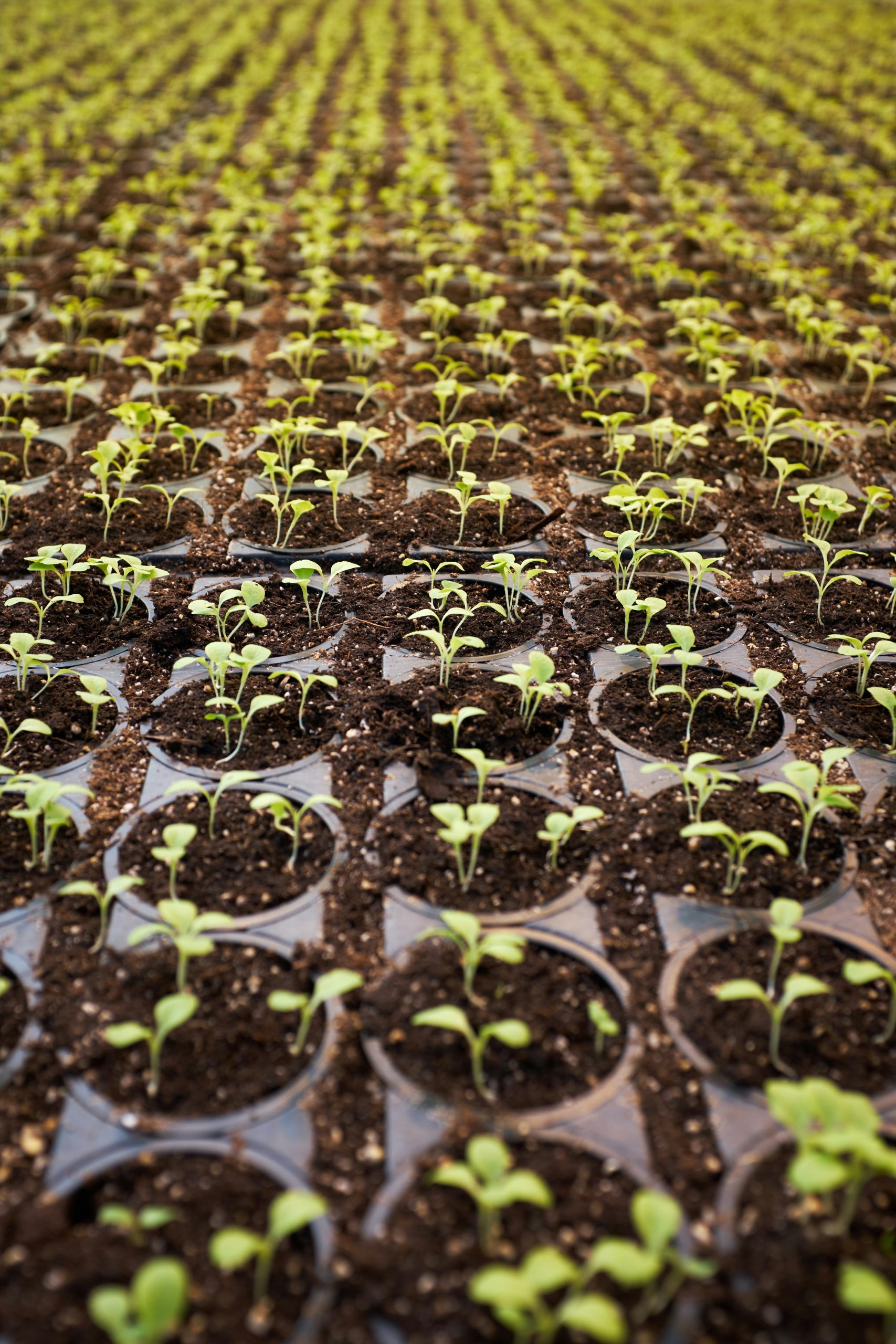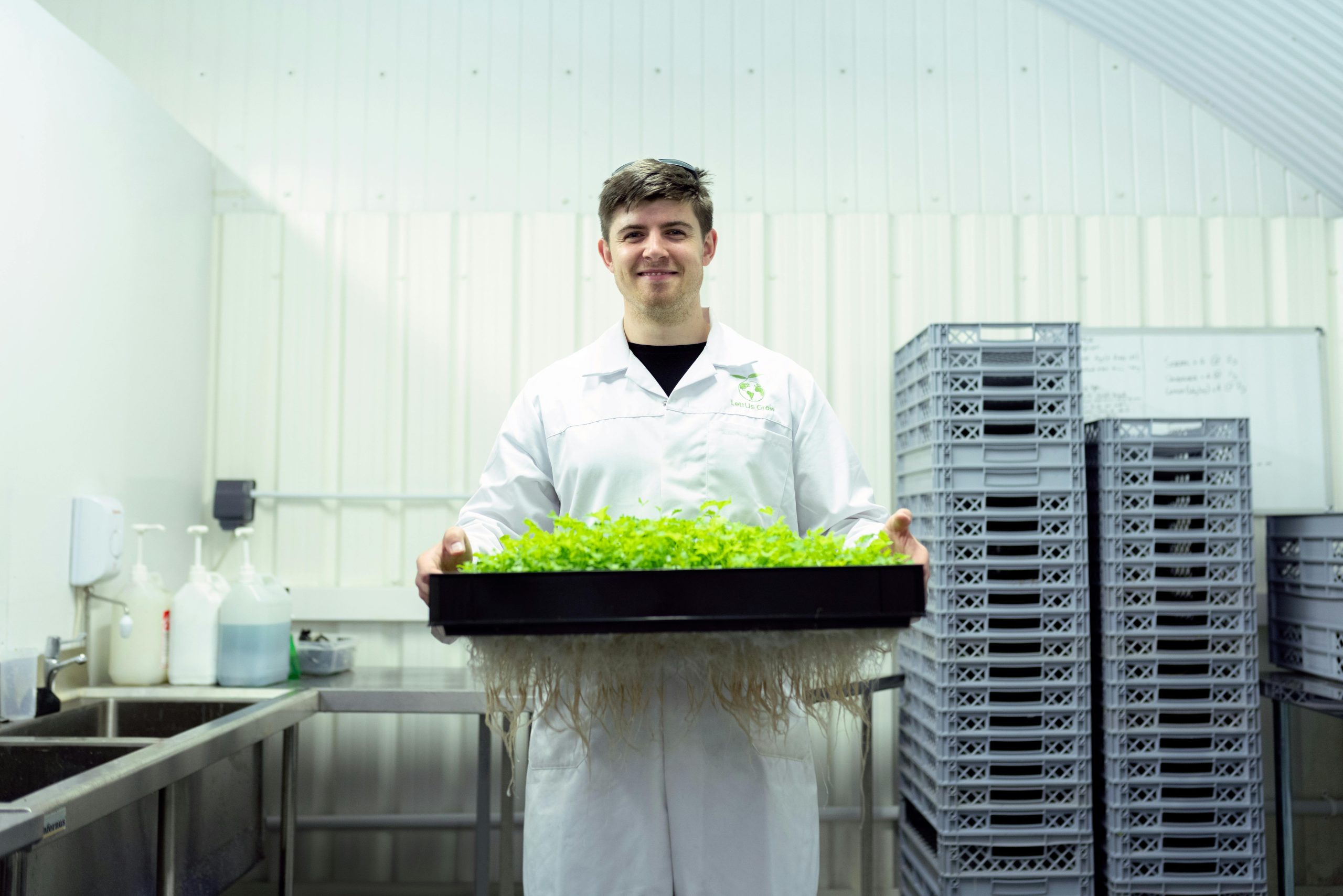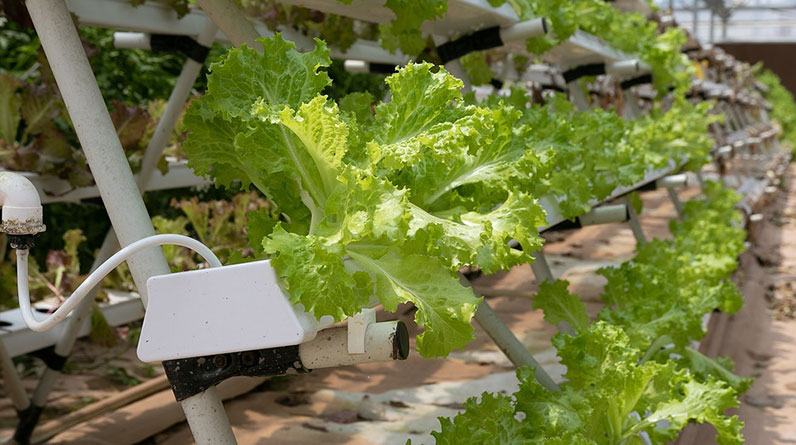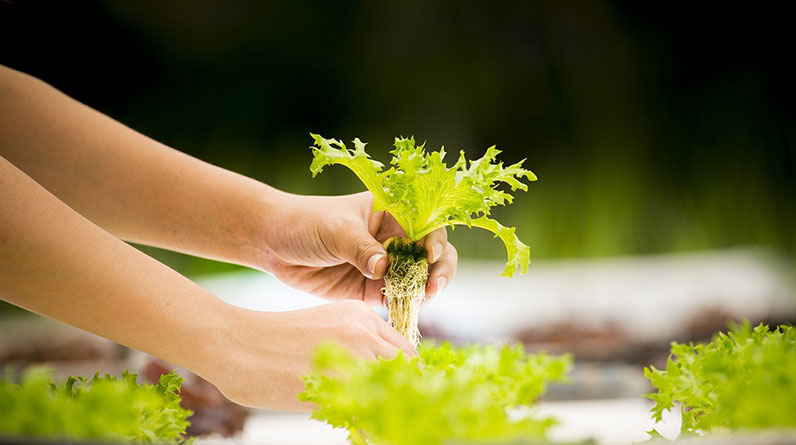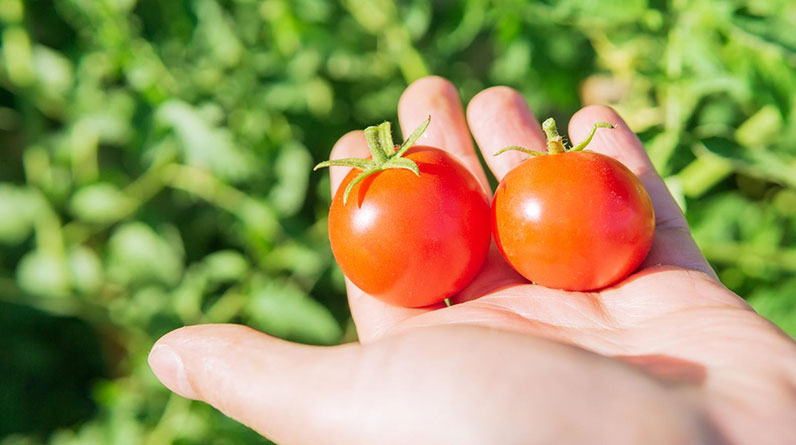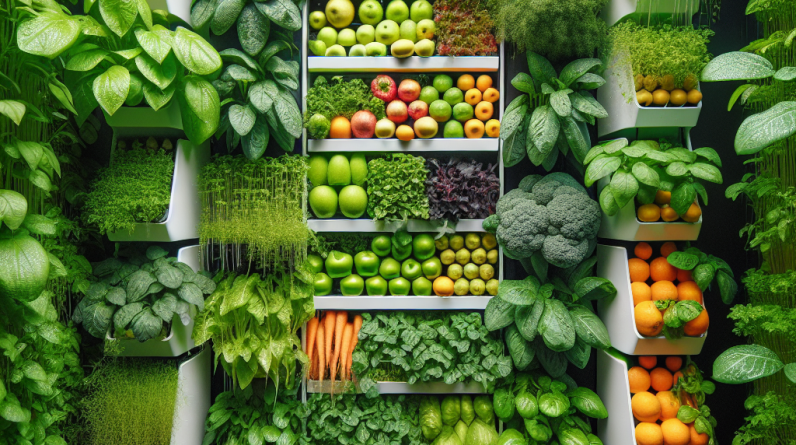
Understanding Your Space
Assessing Available Space
When it comes to growing your own food, the first step is really figuring out what you’ve got to work with. Look around your home – whether it’s a small balcony, kitchen countertop, or even a sunny windowsill. Assessing this space is crucial because it helps you decide what to plant based on size and light availability. Don’t underestimate your options, even if your space feels tiny!
Once you’ve taken stock, measure your space. Knowing the length and width can help you visualize how much you can grow. Maybe you can fit a couple of pots, or perhaps you can hang some planters. The goal here is to get creative about using every inch of your available space.
Remember, every little area matters. You could start with just a few herbs on your kitchen windowsill and, in no time, scale up as you get the hang of things. Trust me, once you start growing, you’ll wonder how you went so long without fresh food right at your fingertips!
Choosing the Right Containers
So, once you’ve mapped out your space, the next thing to consider is the containers. The right pots can make all the difference. Not all plants need the same size container, so think about what you want to grow and pick your pots accordingly. If you’re thinking of growing tomatoes or peppers, choose something deeper; for herbs, smaller widths will do just fine.
It’s also important to look for containers that have good drainage. Overwatering can lead to rot, and we don’t want that! Make sure to drill holes if your pots don’t come with them. You can even get creative—think repurposing old buckets or even wooden crates. Just remember to ensure they’re clean and safe for planting!
Lastly, don’t forget about aesthetics! You want your little garden to be something you enjoy looking at. Pick colors or textures that resonate with you, because this should be a fun experience, right?
Selecting the Best Plants
Picking the right plants for your space is key to a bountiful harvest! Start with plants that are well-suited for small spaces, like herbs, leafy greens, and dwarf varieties of larger plants. I prefer starting with herbs like basil or mint because they’re not only easy to grow but also super rewarding! You can snip and use them in your cooking almost immediately.
Consider the season, too. Not all plants thrive in every climate, and timing can significantly impact your success. Some, like lettuce, do well in cooler weather, while tomatoes prefer the heat. Adjust your choices to match your local growing conditions, and you’ll see much better results.
Certain plants grow well together, too—this is called companion planting. For instance, tomatoes and basil are best buds! They thrive together and can help repel unwanted pests. So do a little research on which plants can benefit each other, and your tiny garden will be even more productive!
Maximizing Vertical Space
The Importance of Vertical Gardening
When you’re working with a limited footprint, vertical gardening becomes your best friend! Using vertical space allows you to grow more while taking up less room. Plus, it can look super chic. Many people think of stacked pots or wall planters, and they are totally worth exploring!
One of my favorite techniques is using trellises or lattice structures. Plants like cucumbers, peas, or even certain flowers can climb up these structures, giving you a beautiful vertical garden. It’s a great way to enjoy gardening without feeling cramped.
Additionally, hanging pots can add another layer to your garden. Flowers, herbs, and even strawberries can thrive in hanging planters. This method not only saves space but also adds a delightful visual element to your home.
Utilizing Homemade Solutions
Don’t feel like you need to run out and buy all new equipment! There are so many creative solutions you can make at home. Things like repurposed containers, DIY drip trays, or even building your own vertical garden structure can be done with a bit of creativity. I’ve made several of my own planters from scrap wood and leftover hardware!
Another great homemade solution is creating a self-watering system. Plastic bottles can easily be transformed into a simple watering system that helps keep your plants hydrated without too much effort. It’s a great way to ensure your plants thrive—even if you forget to water them once or twice.
Getting your hands dirty in DIY gardening solutions not only saves money but also gives you a unique garden that best fits your aesthetic. Plus, it’s so satisfying to step back and see what you’ve created!
Choosing the Right Soil and Fertilizer
Soil isn’t just dirt; it’s your plants’ lifeline! Choosing the right soil is crucial for success. A good potting mix will ensure your plants get the nutrients they need without compacting too much. Always opt for a soil blend suitable for container gardening, as it usually has perlite or vermiculite added for drainage.
Along with great soil, you can’t forget about fertilizer. I like using organic options because they’re safer for both the plants and the environment. You’ll want to fertilize regularly, especially for heavy feeders like tomatoes or peppers. A mix of compost and a balanced fertilizer works wonders!
Lastly, always watch for signs of nutrient deficiency in your plants. If they’re looking yellow or sluggish, it might be time for some extra love in the form of fertilizer. Watching them thrive is a huge payoff for the effort you put in!
Harvesting and Maintenance
When to Harvest
One of the most rewarding parts of gardening is finally harvesting your crops! Knowing when to pick your veggies or herbs can be tricky. With herbs, I usually start snipping leaves as soon as they reach a good size. This stimulates growth and encourages the plant to thrive. For vegetables, each type has its own signals. Tomatoes, for instance, should be picked when they’re fully colored but still slightly firm.
For greens, I like to practice ‘cut-and-come-again’ harvesting where you can trim leaves and allow the plant to continue growing. This way, I keep my supply fresh throughout the season. Just make sure to give the plant time to recover in between cuts so that they keep producing!
Lastly, remember that fresh is always best. Veggies picked right from your garden taste 100 times better than what you find in the store. Take your time to enjoy this process—it’s what makes gardening worthwhile!
Ongoing Care for Plants
Maintenance is key to keeping your mini garden thriving. Regular watering is essential, but knowing when to water is just as important. I like to check the top of the soil; if it feels dry, it’s time to give those plants a drink. On hot days, they may require more frequent watering.
You’ll also want to watch for pests. Having your plants close means you can easily spot any issues before they become significant problems. I reckon organic options like insecticidal soap are best for tackling pests without harming your plants or the environment.
Lastly, don’t forget to prune and deadhead as needed. Removing spent flowers or leaves not only makes your garden look nice but also encourages further growth. Spending a little time each week in your garden can be therapeutic, so enjoy the process as it unfolds!
Planning for Future Seasons
Garden planning is simply part of the joy! As you harvest, think about what worked and what didn’t, and plan for the next season. You can even draw up a little garden layout to sketch out where you’ll plant different crops next time – rotate your crops to keep the soil healthy!
If you plan to expand your garden, maybe consider starting seeds indoors early in the year. This is a fun way to get already ahead of the game come springtime. Plus, you’ll be amazed at what you can produce in such a small space!
Reflecting on each season’s lessons makes me excited for the future! You’ll undoubtedly discover new ways to make the most of the space you’ve got while also growing your love for gardening!
Frequently Asked Questions
1. What types of plants grow best in small spaces?
Herbs, leafy greens, and dwarf varieties of larger plants tend to do beautifully in small spaces. Think basil, lettuce, and compact tomato varieties!
2. Can I use regular soil for my container garden?
It’s better to use a potting mix designed for container gardening, as it provides better drainage and nutrients for your plants.
3. How often do I need to water my plants?
It depends on the type of plant and the local climate, but a good rule of thumb is to check the top of the soil. If it feels dry, it’s time to water!
4. How do I know when to harvest my vegetables?
Each type of vegetable has its cues but generally harvest when they are fully colored and feel firm. You can also pick greens continuously without killing the plant!
5. What can I do about pests in my garden?
Pest management begins with regular checks. Organic options, such as insecticidal soap or neem oil, can effectively handle most pest problems without harming your plants.




